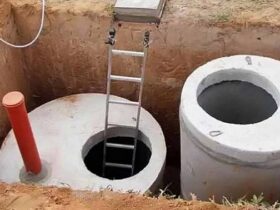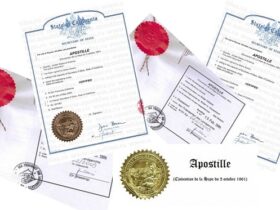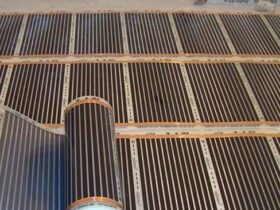Furniture rings for wells can be purchased at the factory or made independently. Products from the standardized dimensional series are popular in the construction of sewer and drainage systems.
Reinforced concrete products for wells – purpose and classification
Loading ring into a well
The standard set for the device of the reinforced concrete well includes a lid, bottom (base) and a set of rings. The bottom prevents the sulfecting of the well, and the lid – from entering various garbage.
Rings are called well, sewer or wall, t. to. Their inner surface forms the vertical wall of the well of the sewer. According to the sizes of internal diameter, they can be divided into groups and classes. There are three groups:
Small (diameter up to 1 m, weight – less than 1 t);
average (diameter 1.5 m, weight – 1 t);
large (diameter 2 m, weight – 1.5 t).
According to classes, they are divided into A (diameter up to 1 m) and B (diameter over 1 m). Standard ring height – 0.9 m. It may happen that a ring product with a smaller height will be required to install the above -ground area of the well. For this case, there are walls.
We make rings for sewage with our own hands
The process of manufacturing rings for the well
With low -budget construction or if non -standard fears of reinforced concrete rings should be used, the dimensions can be obtained by independent manufacturing components. In order to simplify the structure on the ends of the rings in this case, you can not form a centering lock. In addition, to facilitate installation, you can reduce the mass of the product by reducing their height to 35-50 cm.
The source materials for work: fresh cement (not lower than the brand 400), pure quartz sand (if necessary, washed and cleared of impurities), pure gravel no more than a quarter of the thickness of the product of the product; To increase the strength of concrete, grain should not have a smooth or plate form, reinforcement in the form of wire and metal rods with a cross section, respectively, 6-8 and 8-10 mm.
The operational properties of concrete are determined not only by the quality of the initial components, but also by their ratio by mass. In it, the amount of cement is in the first place and is taken as a unit. You can measure materials in volume, but when using the weights, the recipe will be observed more precisely.
2 parts of the sand and 3 parts of gravel are taken for 1 part of the cement. According to another recipe, the specific amount of sand is increased 1.25 times, and gravel – 1.33. Such materials of materials give the maximum concrete density.
The amount of water should be 50-70 % of the weight of cement. If the share of water is increased, the shape will be easier to fill, but the strength characteristics of reinforced concrete products for wells will sharply decrease.
The finished solution is gradually laid in the formwork in layers about about 10 cm high. After pouring each layer, concrete is compacted with a metal pin or vibrator. The upper layer is covered with a dense fabric. It will prevent the effect of the external environment on the concrete surface.
After 3-7 days, the forms for harvesting rings are disassembled, surface defects are covered with a solution of cement and remove the remnants of formwork lubricant from the walls. The resulting ring is covered and allowed to stand for 1-2 weeks. The first 3-5 days every 4-5 hours of the surface of the product are moistened with water to harden concrete.
How to make a formwork?
You can buy formwork, rent or do it yourself. Forms consist of two tubular elements inserted into each other. The gap between them is the thickness of the future product.
In individual construction in the manufacture of sewage products, it is easiest to make removable formwork collected from wooden boards with a thickness of 2-5 cm. There should be a gap of 1.5-2 cm between the boards of the internal element of the shape. Otherwise, this part of the form is pulled out of the finished concrete ring. Ready tubular wooden elements are installed on a flat shield. Surfaces that will be contacted with the solution are lubricated with oil or lined with polyethylene.
A reinforcing frame is placed into the cavity intended to fill the future ring, which is collected in the following sequence:
On the line of the middle circle of formwork, 10-12 vertical segments of metal rods are evenly located.
Horizontal rings from wire are welded to the rods every 15-20 cm.
2 or 4 mounting loops are attached to metal rings.
The finished reinforcement is cleaned of rust and fixed in the formwork with wedges, which are gradually dismantled as concrete flies.


















Leave a Reply